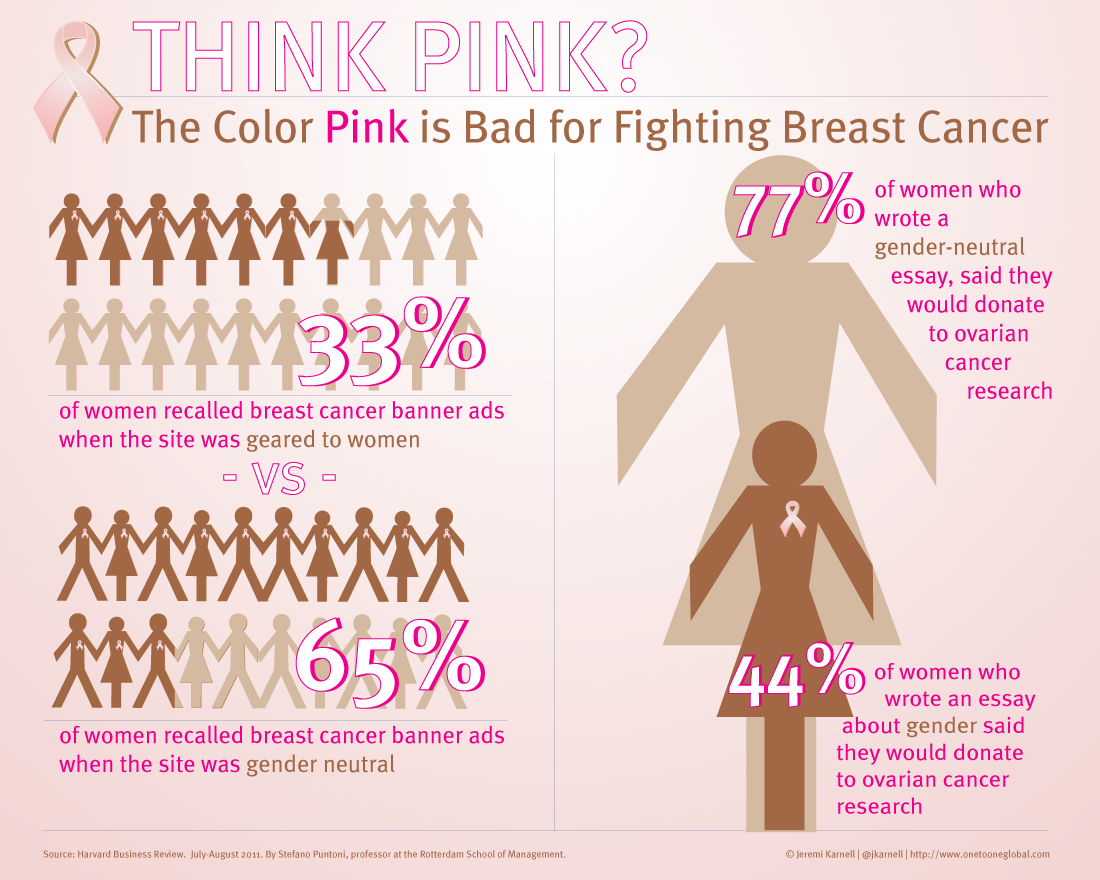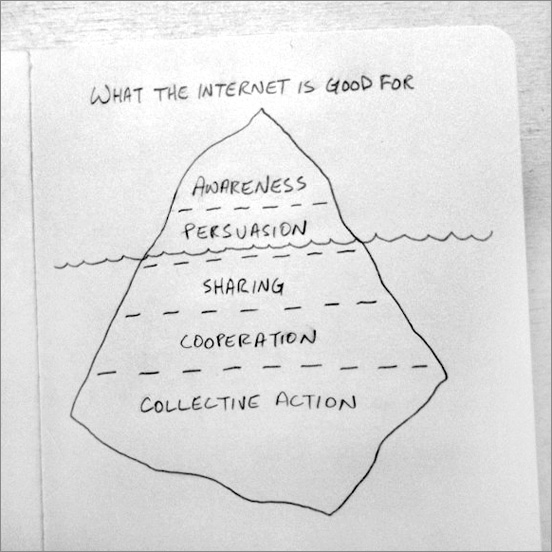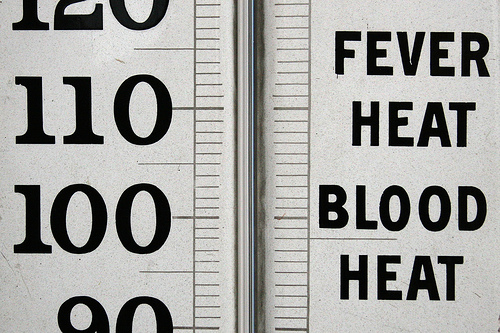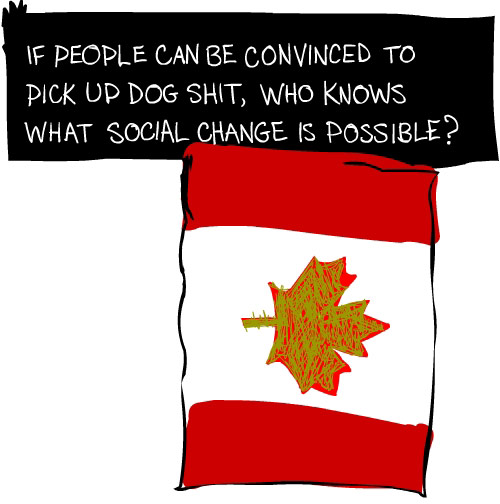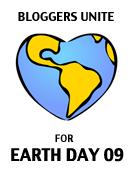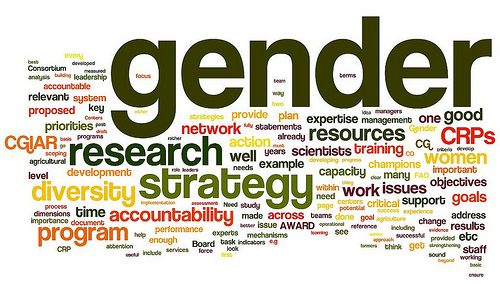 A new research area around gender cues and its impact on awareness and fundraising efforts is just getting off the ground according to Dr. Stefano Puntoni, an Associate Professor of Marketing Management at the Rotterdam School of Management, in an interview conducted by Harvard Business Review.
A new research area around gender cues and its impact on awareness and fundraising efforts is just getting off the ground according to Dr. Stefano Puntoni, an Associate Professor of Marketing Management at the Rotterdam School of Management, in an interview conducted by Harvard Business Review.
“[Gender que research] is quite new…Over the past 10 years, researchers have put more effort into thinking about consumer welfare. What can we we do as researchers to help consumers make better decisions?” Dr. Puntoni said. “How can we effect change in areas like overeating and disease prevention? This is part of that. We could go more general with gender cue research, but breast cancer is such an important disease that I want to study this more on its own.”
Dr. Puntoni is talking about the findings from 10 different experiments over the past three years that suggest gender cues (such as the color pink) may be counter-productive to campaigns against women’s diseases, such as breast cancer awareness and fundraising efforts. The main insight from the research found that when women saw branding that included gender cues (like the color pink), the branding and ads were less effective. Why? Possibly because the subconscious goes into a state of denial, causing women to:
- Think they are less likely be at risk
- Say they are less likely to donate in reaction to a breast or ovarian cancer advertisement
The infographic below created by One to One Global highlights more of the Dr. Puntoni’s research:
Komen Responds
A spokeswomen for Susan G. Komen responded to the research in Ad Age saying that: “The research is food for thought but pink has worked well over the years,” she said. “I would say that in our experience for over 30 years now we’ve been pretty successful using pink. We’ve raised over $2 billion for research and community programs to help people with breast cancer. I don’t want to necessarily discount [the research]. It’s something to look at and consider, but our historic experience has been that we’re doing okay with the pink.”
The AdAge article continues:
Susan G. Komen, who died of breast cancer in 1980, also wore a lot of pink, the spokeswoman said, forming a strong association for her sister Nancy G. Brinker, who later founded Susan G. Komen for the Cure. “It’s not just a random color we selected,” she said. “It actually reflects the connection between the two sisters and the promise that was made.”
Though some have seen success with the color pink specifically, the research around gender cues is “something to consider” for breast cancer and beyond. Just like there’s cause fatigue, perhaps there’s been so much success—that younger generations of women don’t see the risk or the need to donate.
What do you think?
